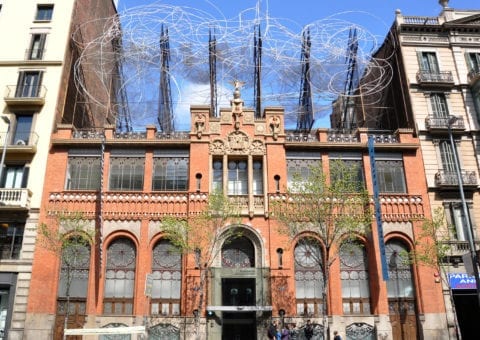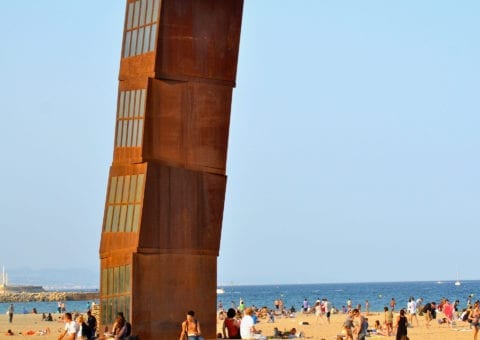The Call means “narrow street”
It was Barcelona’s Jewish Quarter and was initially located to the west of the old Roman wall.
It is known of the existence of this neighborhood since the eleventh century
The Barcelona authorities had no power over the Jewish community, only the King.
The Jewish revolts in Seville at the end of the 14th century spread throughout the territory, also reaching the Call neighborhood in Barcelona, suffering significant and irreparable damage.
Not all Jews lived in the Call, there is documentation of Jewish properties outside the neighborhood.
They had their cemeteries on Montjuïc.
They owned vineyards, orchards and flocks.
Many Jews were part of the royal court such as; directors, treasurers, translators or doctors.
Two neighborhoods of the call: Call Mayor and Call Menor in the 13th century
There are up to five synagogues that were in the Barrio del Call
In Marlet street at number 1 we can see a plate with Hebrew inscription that was found when rebuilding the building in the century. 19th
Major Synagogue of Barcelona
Marlet Street, 5
One of the oldest in Europe.
The main façade is oriented towards Jerusalem.
There is controversy about what the initial location was, some historians say, that it was at number 9, the house next door.
Shlomo ben Adret, better known as Rashba, was the rabbi of this Synagogue for fifty years, becoming the greatest scholar of Jewish Law of his time.
The place had many uses, in 1995 a bar was about to open, thanks to the efforts of the medieval historian Jaume Piera and the Jewish Association of Barcelona, it was paralyzed and the space was recovered. The place is not a place of worship for daily prayer, but concerted celebrations are held. In 2002 the Museum was inaugurated, several companies offer in their tour, the Call neighborhood with a guided visit to the Synagogue.
https://www.sinagogamayor.com










